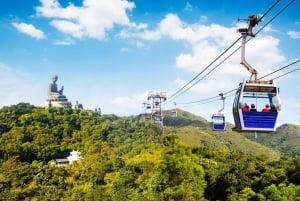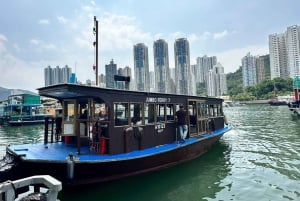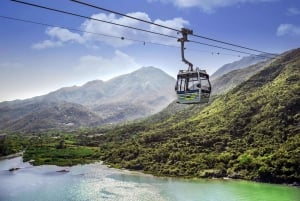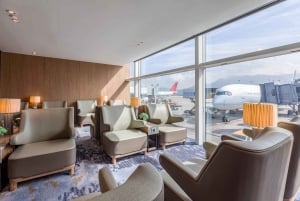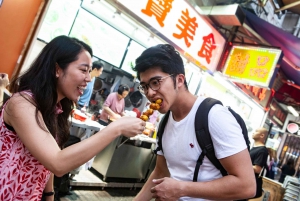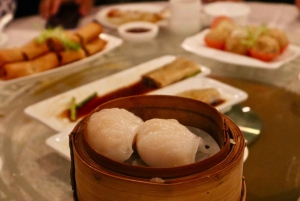History Info
Pre-colonization
The first proof that life existed in Hong Kong as early as 4th millennium BC was found along its shoreline. It was said that the artifacts found suggest that life forms had dependency on the sea. In addition, soft, fragile pottery decorated with linear carvings, hole-patterns, and paintings was also discovered. Another archaeological study found some ceramic forms decorated with a wide range of impressive geometric patterns, as well as ornaments made from quartz and other stones which were believed to be made during the 3rd millennium BC. According to experts, these signify that those who lived during that time learned progression in techniques and better craftsmanship. From the 2nd millennium BC, evidence of metal being manufactured locally was found on the islands of Chek Lap Kok, Lantau and Lamma. Bronze was used in making weapons such as knives and arrowheads, and other tools. Development in pottery making was concluded at the discovery of sturdier pots which were made using high temperatures. Ancient Chinese writings have also been found.
Come the era of the dynasties, from 221BC until 220 AD, many people from the Mainland came and stayed in Hong Kong. During this time, the lifestyle of the people from the Mainland was shared with the people in Hong Kong. Some examples are that they used the coins of the Han Dynasty for trading, and the brick tomb for the dead – both are practices of people from the Mainland.
Start of Chinese – British Trade Relations
Many years after, the Westerners started to have an influence in China due to the increased trade of Chinese products such as silk and tea via the Silk Road, which stretches from Northwestern China to Eastern Europe. This tempted Europe to take advantage of the harbour because it is located on the trade routes of the Far East. China then established a trade enterprise with Western businessmen. The British East India Company was also given a storage warehouse space outside Guangzhou.
Seeing the heightening interest of the Westerners in the harbour, the Chinese enforced strict rules and policies related to trade, and gave limited preferences only to them. In addition to this, the Chinese prohibited them from bringing weapons, warships, and women. They are also not allowed to learn the Chinese language. Still seizing the opportunity of trade, the British doubled the sale of opium to the Chinese and it brought them huge wealth.
In 1839, the Emperor of China ordered to stop the drug trade. Lin Zexu – the appointed special commissioner – along with his army forced the British to surrender their stocks of opium. But because the Chinese and the British couldn’t reach an agreement, it led to the First Opium War. The Chinese, who feared of losing, ceded the land of Hong Kong to the British in January 1841. The British occupation in Hong Kong started.
British Colonization
Hong Kong’s first governor under the British rule – Sir Henry Pottinger – took his time to develop Hong Kong. It was in his time where China officially gave Hong Kong Island to the British through the Treaty of Nanjing 1842. Through Pottinger’s long-term building projects, Hong Kong port became one of the busiest ports in the world. Many companies transferred from Guangzhou to Hong Kong. This brought another conflict of interests and led to the Second Opium War. Different countries involved in trade with China began to secure their ports along the Chinese coastline and made treaties with China. The British gained New Territories and Kowloon Peninsula in 1860, which were soon declared as parts of the Hong Kong Territory. Hong Kong was declared an international exchange center for goods and money.
Chinese Rule
When World War II (1941-1945) happened, Japanese occupied Hong Kong. Massive numbers of refugees flocked to Hong Kong. This large amount of manpower contributed to the making of Hong Kong as a major manufacturing and trade center. Finally in 1984, Britain agreed to give back sovereignty of the region to China. The official transfer happened in 1997. Hong Kong became Hong Kong Special Administrative Region of China (HKSAR).
It is now administered by a chief executive chosen by a selection committee in China, serving a maximum of two five-year terms. Under him/ her is a 60-seat Legislative Council.



